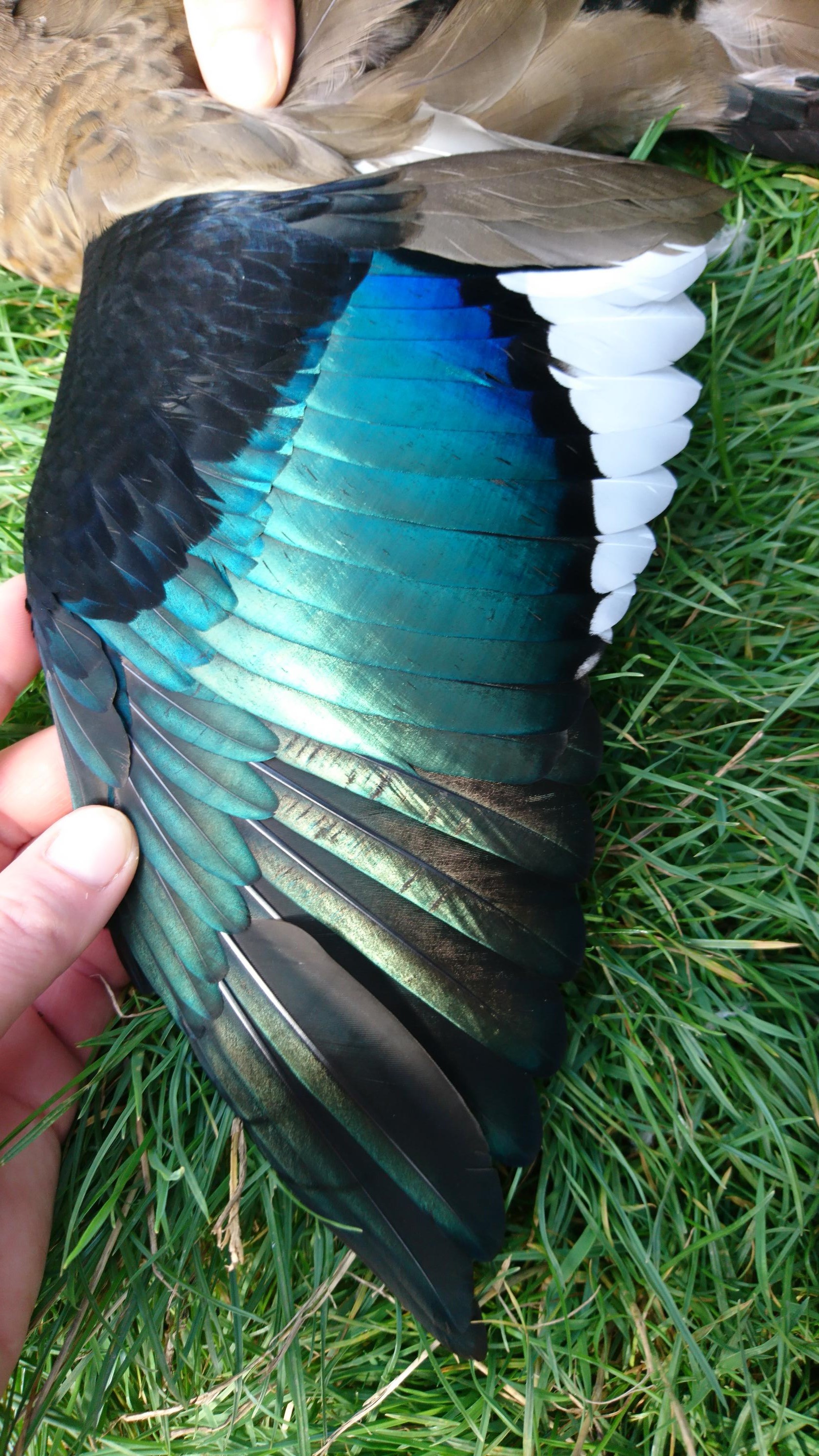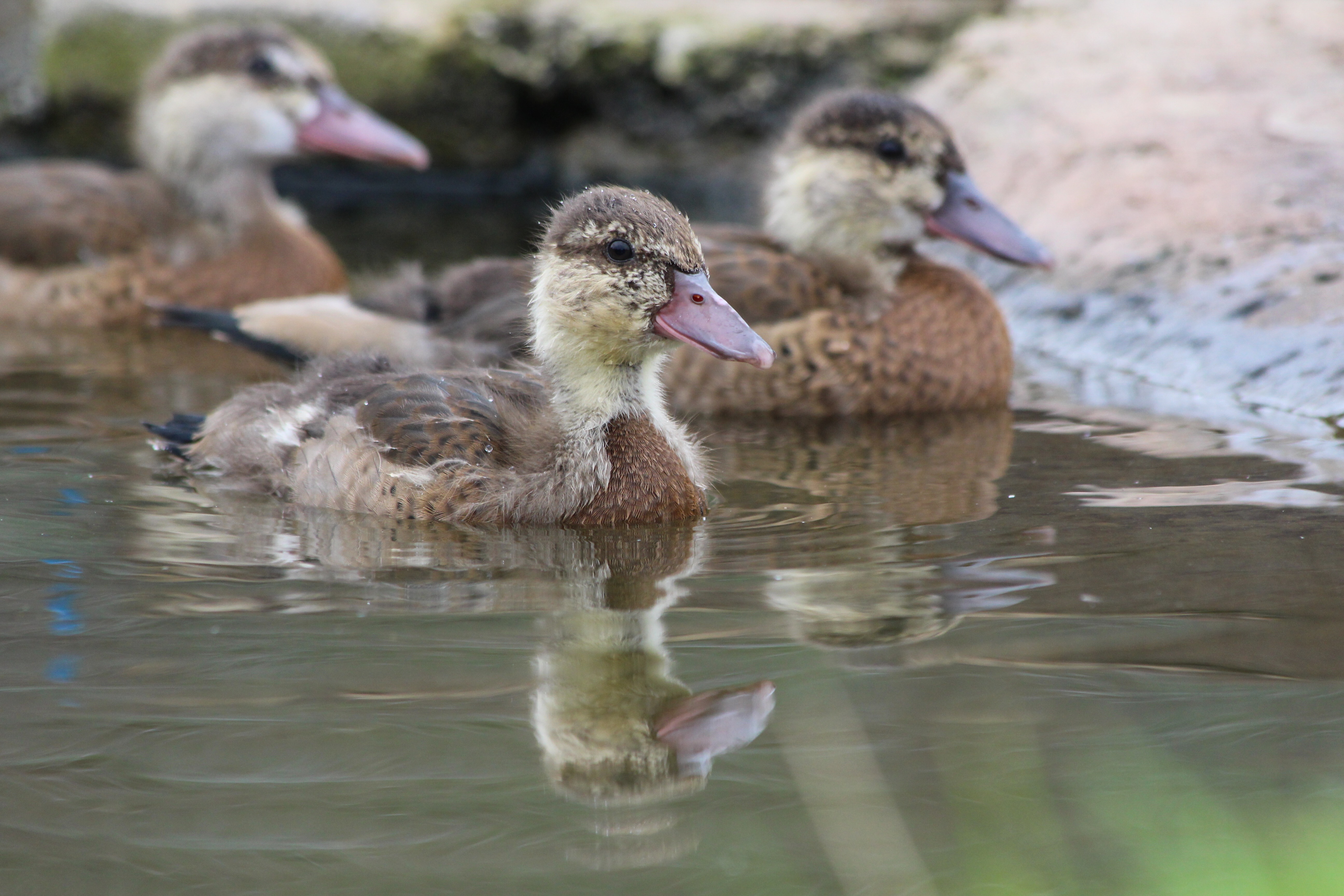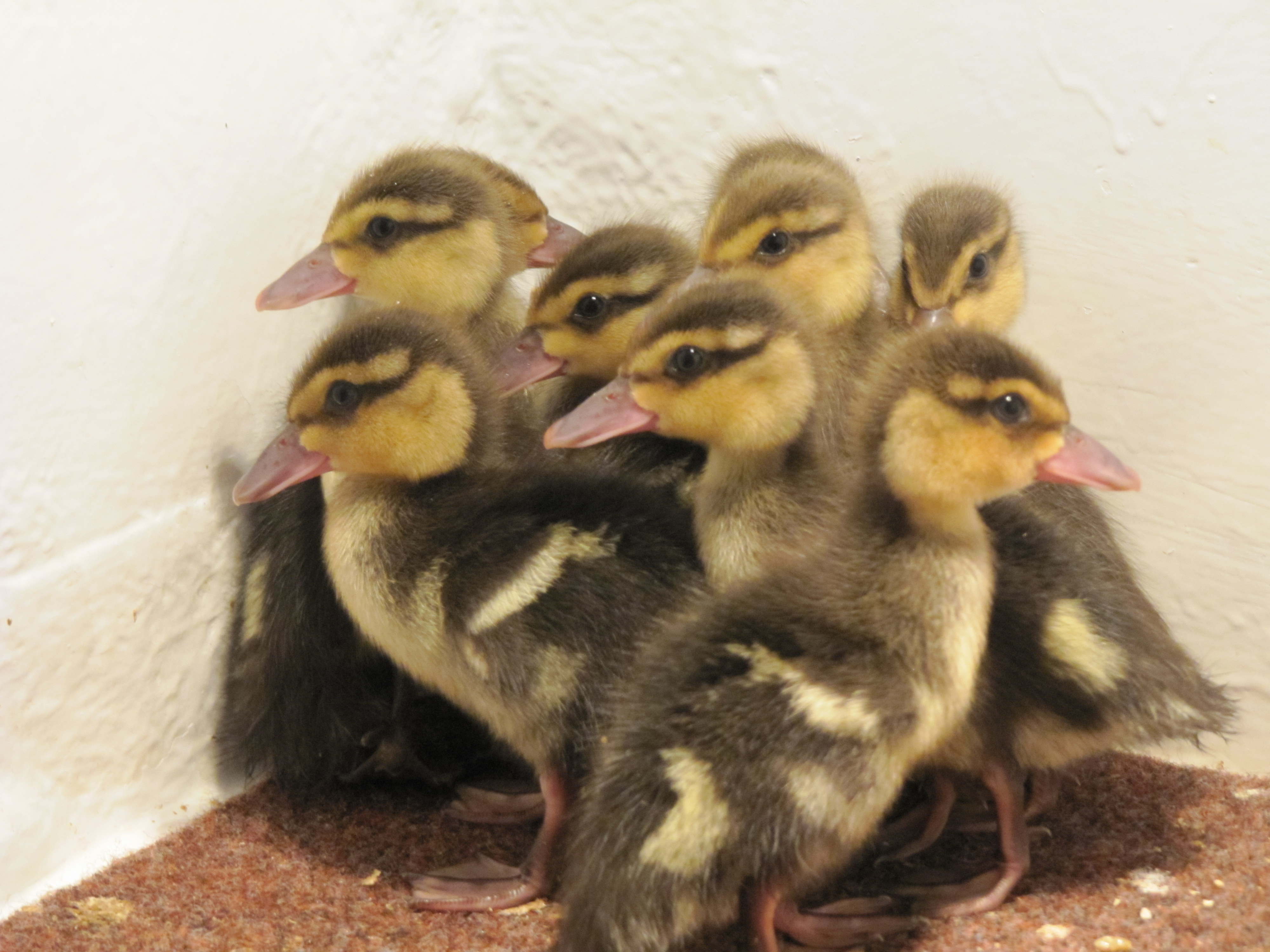The Greater Brazilian duck.
The Brazilian duck is this week’s deserved subject of wildfowl Wednesday...
This unique and colourful little duck is another South American speciality.

‘Brazils’ as we like to call them are most famous for the absolutely fantastic section of shiny iridescence on their wings. Unlike other species of smaller dabbler they show iridescence on both the primaries and primary coverts, secondaries and secondary coverts, the marginal coverts and last but not least the alula. If you look closely you can see that the bird only shows iridescence on the exterior half of the flight feathers, so that when the wing is folded it cannot be seen. This dramatic showy feature makes them incredibly beautiful in flight or display, but quite dull at rest, allowing the bird reasonable camouflage. The males also exhibit a little miniature "mane" on the back of their necks, giving them a somewhat entertaining aesthetic at times.

Their other fabulous quality is that they are identifiable as males and females from as young as 6 weeks old. This is because they feather straight into their adult plumages. This is a rarity in the bird world, as most male ducks will initially resemble a female in order to remain camouflaged during their early lives; only moulting into their adult feathers the following spring as an honest signal of maturity. You can clearly see in the images that the female is showing her white cheek spot and grey beak and legs. The male on the other hand is developing a vibrant fuchsia-pink beak and legs. Gorgeous!

These sweet little ducks can therefore be considered to be South American oddballs like the crested duck and bronze-winged duck. All of these species are the only members of their genus, with no similar counterparts across other continents. We can only interpret that they have evolved to suit unique circumstances, in the same way that unique habitats create unique species.

A juvenile female.There were once multiple recognised subspecies, but now just two; which unfortunately in captivity are hard to recognise clearly. We believe that we exhibit the Greater Brazilian duck (Amazonetta brasiliensis ipecutira). The Lesser Brazilian duck (Amazonetta brasiliensis brasiliensis) is broadly the same in size and patterning, but is much darker brown in both the male and female. The native Guyanan name for them, “Roppong,” imitates the squeaky whistling noise the males make. They are not rare, but they are interesting…

These Brazilian ducks have been reared for exhibit in the Slimbridge South American pen, as well as the London and Martin Mere Wetland Centres. We look forward to showing them to you soon :)
We hope that you have enjoyed #WildfowlWednesday this week.

